Club foot is very common in horses, and is seen almost exclusively in the front feet "Unfortunately we see a lot of this in foals, and many adult horses that have mismatched feet—more mismatched than normal No horse has two identical front feet (or hind feet);When a horse has a club foot, the horse is reluctant to take up the lead on the affected foot Horses are either right handed, left handed, or ambidextrous From my observations, when horses grow up with a club foot, they condition themselves to favor the normal foot because the club foot is the outcome of the horse's leg bones elongating through growth at a pace that the tendonsRealize that this condition will appear in horses from foal to maturity, and the issue could be congenital or acquired However, for the best outcome of treatment, it is crucial for the veterinarian to identify and begin a strategy as early as possible That strategy must be influenced by the severity of the club foot,

Recognizing And Managing The Club Foot In Horses Horse Journals
How to correct clubfoot in horses
How to correct clubfoot in horses- Clubfoot causes the tendons and ligaments to be too tight, causing the foot to form an abnormal position Read about treatment optionsBut we don't want to see severely mismatched hoof angles or a club foot




Hoof Conformation Vs Horse Conformation Scoot Boots Us Retail
Link Casey, Instructor at Casey & Son Horseshoeing School Unedited REAL footage featuring a horse brought to the school Explaining the angles, the shoulderClub foot is a congenital or acquired flexural deformity of the distal interphalangeal joint (DIPJ) in young horses and a hoof capsule distortion as a result of shortening of the deep digital flexor musculotendinous apparatus Most club feet are handled while the horse is young An acquired club foot as an adult is most likely caused by chronic lameness or an injurySoCalled Club Foot in Horses by James R Rooney, DMV Published in the October 1999 Issue of Anvil Magazine Fig 1 Drawings by Lungwitz (1910) Socalled "clubfoot" has long been a vexing problem for horsemen, veterinarians, and farriers
Club Foot Horses Versus Uneven Weight Distribution First off let's discuss exactly what a "club foot" is In order to determine the best treatment options for your horse, the first thing you need to do is determine the underlying cause of the hoof growth pattern Laser treatments three times weekly for a total of nine treatments If the swelling and pain are severe, or if the horse fails to respond to the first treatment, I may do the laser daily As an added incentive, I usually give a package discount for multiple treatments 2Treatment of Club Foot in Horses Treatment begins with the diet Changing the formula to ensure a slow but steady growth is advisable Reducing the mother's (the mare) diet from high starch and sugar rich cereal grains and eliminating unnecessary supplements will help
Categories of club foot, on basis of joint motion and ability to reduce the deformities 11 i Soft foot also called postural foot can be treated by physiotherapy and standard casting treatment ii 2 Soft > Stiff foot occurs in 33% of cases It is usually a long foot which is more than 50% reducible and treated withContracted heels in horses sometimes are mistakenly called club foot These are in fact two different conditions but have a lot in common and the result is similar Cases of contracted heel can be primary or secondary In primary cases, contracted heel is a result of unbalanced feet or overgrown hoofsWith the club footed horse, the first thing to understand is that the horse has a deformity and as such it is always going to need a high degree of hoof maintenance, for the term of its natural life To identify the club foot we must know what is considered 'normal' and then compare the difference
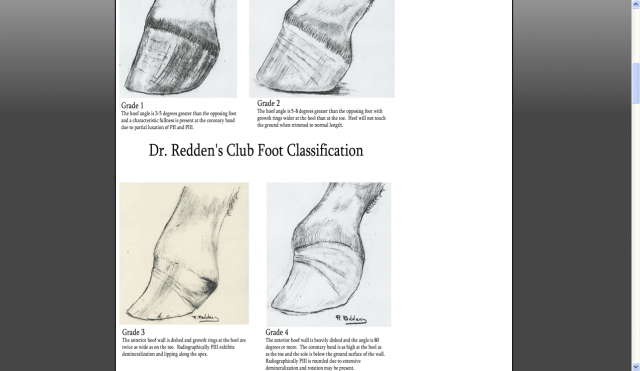



Managing The Club Hoof Easycare Hoof Boot News




How To Treat Club Feet And Closely Related Deep Flexor Contraction
Surgery often a necessity for a horse with a club foot Flickrcom Smerikal There are three general causes of club feet genetic, nutritional, and grazing stance (with one foot forward and one back) – and a combination of these Club Foot Syndrome The malady known as 'Club Foot Syndrome' (CFS) is a genetically transmitted conformation defect affect one or both front feet The condition is prevalent in "Hot Blood" and 'Warm Blood" species, however, "Cold Blood" and "Purebred Ponies" seem to have escaped the anomaly As noted, the Syndrome affects This entry was posted in Hoof Care and tagged Assault, club foot, clubfoot, clubfoot in horses, Dr M Phyllis Lose, Dr Richard Mansmann, Dr Scott Morrison, Equine Podiatry &




Defining And Fixing A Horse S Club Foot American Farriers Journal



Equine Podiatry Dr Stephen O Grady Veterinarians Farriers Books Articles
Clinical management of clubfoot is influenced bythe severity, duration, and the etiology of the clubfoot as well as the degree and source of lameness, ifpresent Evaluation of the foot should be performed at rest and in motion The angle and balance ofExplore LISA's board "equine clubfoot" on See more ideas about horse health, equines, horse care tipsThe foot should be protected (for example, kept in a rubber or plastic boot) until there is full healing of the puncture site Healing tends to be much more rapid and is easier to treat if the infection entered through the wall instead of the sole All horses with puncture wounds should be immunized against tetanus




Horse Club Foot
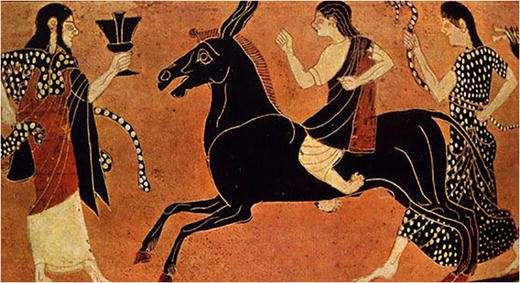



History Of Clubfoot Treatment Part I From Manipulation In Antiquity To Splint And Plaster In Renaissance Before Tenotomy Springerlink
Foals with mild to moderate club feet with proper care have good outcomes Early treatment leads to a better prognosis Young horses treated before six months of age, have greatly higher success rates In severe cases, the prognosis remains guarded Managing ClubFoot Conformation in Foals In normal horses with wellmaintained hooves, the angle of the hoof measures about 45 degrees on side view Deviations to this ideal exist, and one of the My horse has a club foot Can it be treated?




Ballerina Syndrome Where The Heels Remain Off The Ground Even At The Download Scientific Diagram




Ballerina Syndrome Where The Heels Remain Off The Ground Even At The Download Scientific Diagram
When treating a club foot, the horse's age is an important factor, according to Alan Ruggles, DVM* "Acquired flexural deformity of the coffin joint is usually seen in foals between four and eight months, and is associated with large, fastgrowing foals on a high plane of nutrition" Early treatment is critical for a horse born with a clubbed foot If your newborn foal has an asymmetrical upright hoof, get your farrier involved immediately In my experience they are more common in the Arabian, Morgan and Saddlebred breeds – in that orderA foal with coffin joint flexural deformity that is left untreated or treated unsuccessfully often suffers from lameness, chronic hoof abscesses, and laminitis In the very young foal medical treatment may include oxytetracycline to relax the tendons on the back of the leg, splinting, and corrective trimming with toe extensions



1




Clubfoot Wikipedia
Usually, club feet are diagnosed and treated while the horse is still immature; Club foot 1 CLUB FOOT Presented By Sushant 2 INTRODUCTION Talipes Latin talus (ankle) pes (foot) Equino indicates the heel is elevated (like a horse's) varus indicates it is turned inward It is a congenital malformation of the lower extremity that affects the lower leg, ankle, and foot Club foot, also called congenital talipes equinovarusAnklefoot orthoses (AFO's), is a hard rigid molded plastic splint held on with velcro worn on the lower leg and foot to support the ankle, hold the foot and ankle in the correct position, and correct footdrop This type of AFO was used for clubfoot surgical treatment methods and is not part of the Ponseti Method
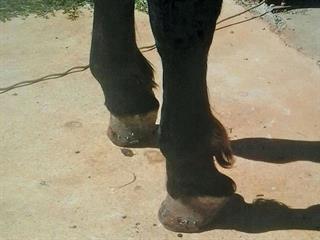



How To Treat Contracted Tendons Farmer S Weekly
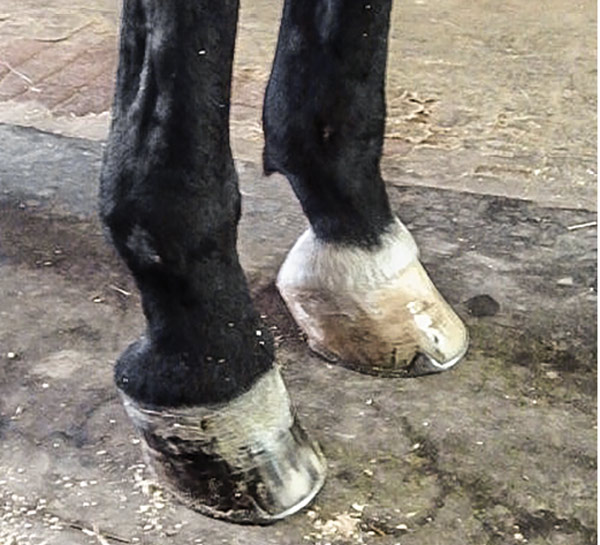



What Advice Has Been Most Helpful When You First Encounter A Club Foot American Farriers Journal
Club foot diagnosis Club foot is usually diagnosed after a baby is born, although it may be spotted in pregnancy during the routine ultrasound scan carried out between 18 and 21 weeks Club foot can't be treated before birth, but picking up the problem during pregnancy means you can talk to doctors and find out what to expect after your baby We've all seen it the horse with sensitive sole, the tender footed horse that gives, sometimes almost collapses when stepping on a rock There can be a variety of causes for sensitive soles – Excess moisture in the hoof An average hoof sole should have about a 33% moisture content With lots of rain and Werner recommends resolving an adult horse's club foot as much as possible through therapeutic farriery and trimming at fourweek intervals, rather than observing the more common sixweek interval



1




Understanding Club Foot The Horse Owner S Resource
Club foot is one of the most common deformities in the horse world Horses affected with club foot develop a flexural deformity of the coffin joint, due to a shortening of the musculotendinous unit that starts high up in the limb and inserts on the coffin bone in the foot, resulting in an upright conformation of the footThe only way to stop continuing problems with club footed horses is not to breed from them After 11 months of gestation, it is a costly and heart breaking exercise if it results in a club footed foal If you do have a club footed foal then do the right thing and don't breed from it Veterinarians and farriers may take a number of aggressive actions with foals and young horses who are still growing (see "Club Foot in Foals," page 76) With a mature horse, the first step is to consider whether intervention is even needed Trimming to lower the heel might seem like an obvious solution




Recognizing And Managing The Club Foot In Horses Horse Journals
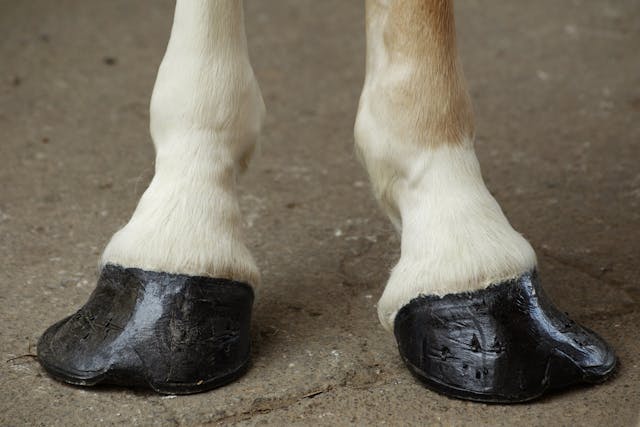



Club Foot In Horses Symptoms Causes Diagnosis Treatment Recovery Management Cost
Club foot refers to a hoof that is more upright than normal It is often associated with a concave front (dorsal) hoof wall, high (often contracted) heels, and widening of the white line from mechanical stretching of the hoof wall attachments (the laminae) Adult club foot requires a completely different approach to treatment than juvenile club footThis can help you see where the foot cannot take stress Above Right Front FootThis "compensation" type of club foot has a strong heel structure with upright, flat bars the heel looks like a fortress The sole thickens in the heel to a level that works for the horse This kind of club foot should be respected for the job it's doing for the horse



Equine Podiatry Dr Stephen O Grady Veterinarians Farriers Books Articles




How D That Happen Origins And Remedies For Clubfoot Horse Racing News Paulick Report
Place a 3/8"tall rocker on the high foot (from the bar/wall junction, back) to keep the foot out of the way of a longer stride at all times Manage foal bars and quarter walls slightly longer than the callused sole and roll the walls Leave the sole alone to callus When asked to work on a horse with a club foot, take extra time to evaluate the whole horse Look at the horse from all angles Watch the horse as it takes a couple of steps; Stretching, massage therapy and chiropractic treatments all help increase the range of motion, and along with trimming, can play an important role in the maintenance, prevention and even the correction of club feet JOHANNA NEUTEBOOM IS A PROFESSIONAL BAREFOOT TRIMMER AND CERTIFIED EQUINE SPORTS MASSAGE THERAPIST




Recognizing And Managing The Club Foot In Horses Horse Journals



Equine Podiatry Dr Stephen O Grady Veterinarians Farriers Books Articles
You _do_ have to trim the heels on a club foot more often than on a normal foot The trick is to only trim the excess and never so much that the horse is not bearing weight and landing unevenly on the foot This way, you avoid putting strain on the deep flexor/laminae Never try to "carve" a normal looking foot out of a club foot His club foot always has a higher heel than the other foot, and I'm just fine with that The only time he has ever been lame was when someone tried to trim that heel down too far The benefit of working on your horse yourself is that you can trim him as frequently as you need and prevent the problem from getting worseHow to fix club foot by master farrier americanosThessaloniki, GreeceA comment would be appreciated
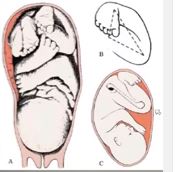



Introduction To Clubfoot Physiopedia



Welcome Princess 17 Page 2 Zenyatta Com Forums
Once a horse reaches twoyearsold with a club foot or high/low conformation, it is very likely that it will remain, to some degree, for the rest of the horse's life no matter what you do By then, the joint surfaces, bone shapes, muscles, tendon and ligament lengths haveA horse with club foot has one hoof that grows more upright than the other The "up" foot is accompanied by a broken forward pastern, that is, the hoof is steeper than the pastern (Photo 1) In a normal foot, the hoof capsule and the pastern align Radiographs will show that the boneyThe treatment for most fractures of the short pastern bone require surgical repair Some residual lameness usually remains after healing and depends on the degree of arthritis present in surrounding joints The outlook depends on how comfortable the horse is after fracture repair



Http Www Bendequine Com Documents Theclubfoot Pdf



Www Theneaep Com S Xia1nkm5hdp7yhwyucxfn39k42qa8m
How is it that domestic horses are predisposed to club feet and why can't people fix them Club feet form in a couple of different ways, the most common being the grazing foot This is where a foal at age 8 weeks starts to put one foot forward and one foot back to graze and within weeks the horse has a short musculature on one side and a highThis is one of the most common growth (orthopedic) problems in young horses and typically affects youngsters between
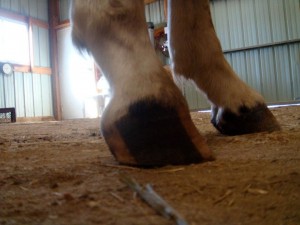



Equine Club Foot




Foal Deformities Imprint Equine Foot Care




Flexural Deformities In Horses Musculoskeletal System Merck Veterinary Manual
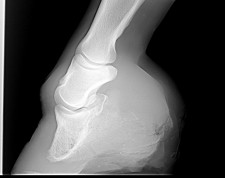



Equine Club Foot




Ballerina Syndrome Where The Heels Remain Off The Ground Even At The Download Scientific Diagram



Club Feet The Brutal Truth David Farmilo
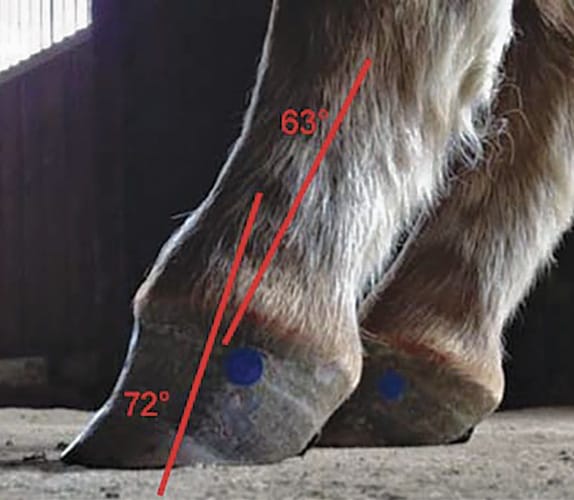



Defining And Fixing A Horse S Club Foot American Farriers Journal




Recognizing And Managing The Club Foot In Horses Horse Journals




Understanding Club Foot The Horse Owner S Resource
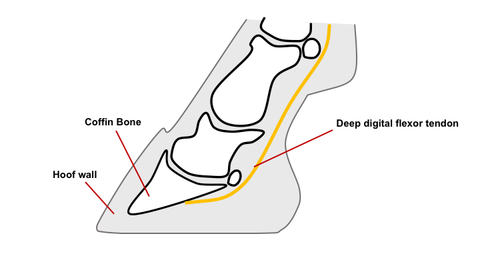



Club Feet In Foals



Club Foot In Horses Equine Chronicle




Club Foot Or Upright Foot It S All About The Angles American Farriers Journal




Recognizing And Managing The Club Foot In Horses Horse Journals



ep Org Sites Default Files Issues Proceedings 12proceedings In Depth The Foot From Every Angle Hunt Pdf




Shoeing Options For Club Foot In Horses




Windpuffs Resolving A Common Swelling In Horses The Horse



Q Tbn And9gcqknwobg18jaqxamxv4ezg Ufqsch0z Fbz2zgnc1asjo9 Ho32 Usqp Cau




Understanding Club Foot The Horse Owner S Resource




Recognizing And Managing The Club Foot In Horses Horse Journals




Bad Feet Is It Nature Or Nurture Excerpt From The Essential Hoof Book




Recognizing And Managing The Club Foot In Horses Horse Journals




Congenital Clubfoot Www Medicoapps Org




Club Foot
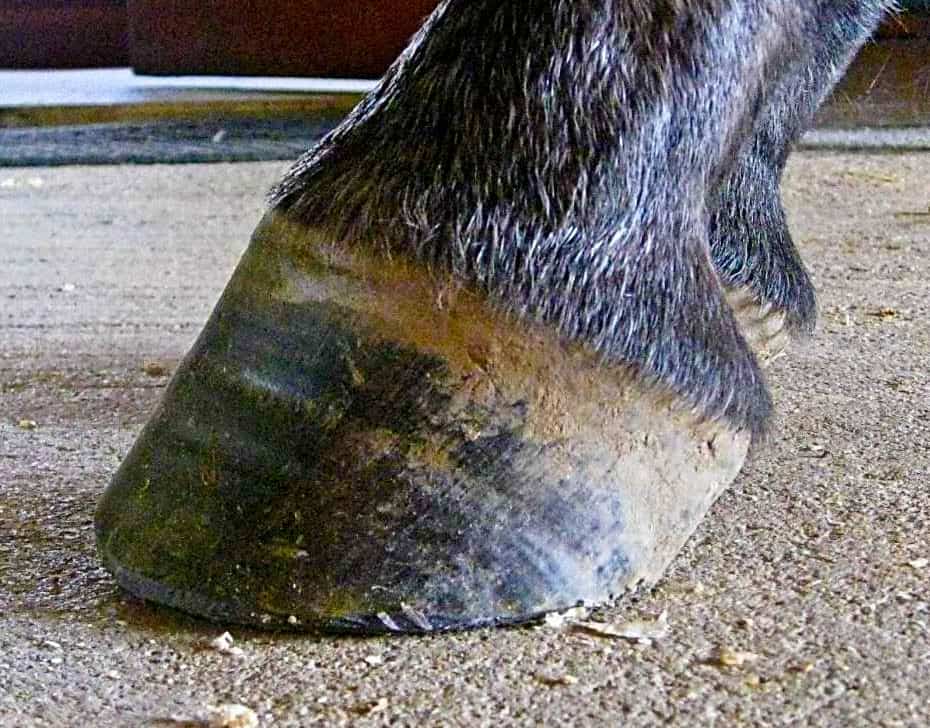



The Tolerable Club Foot The Horse
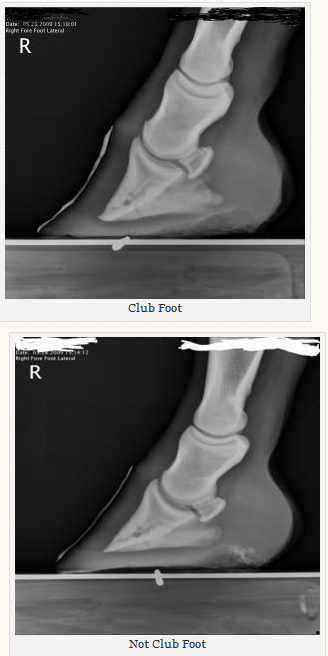



Managing The Club Hoof Easycare Hoof Boot News




Understanding Club Foot The Horse Owner S Resource




The Club Foot Is It No Big Deal Or A Deal Breaker



ep Org Sites Default Files Issues Proceedings 12proceedings In Depth The Foot From Every Angle Hunt Pdf




Club Foot In Horses Brian S Burks Fox Run Equine Center Facebook




Recognizing And Managing The Club Foot In Horses Horse Journals
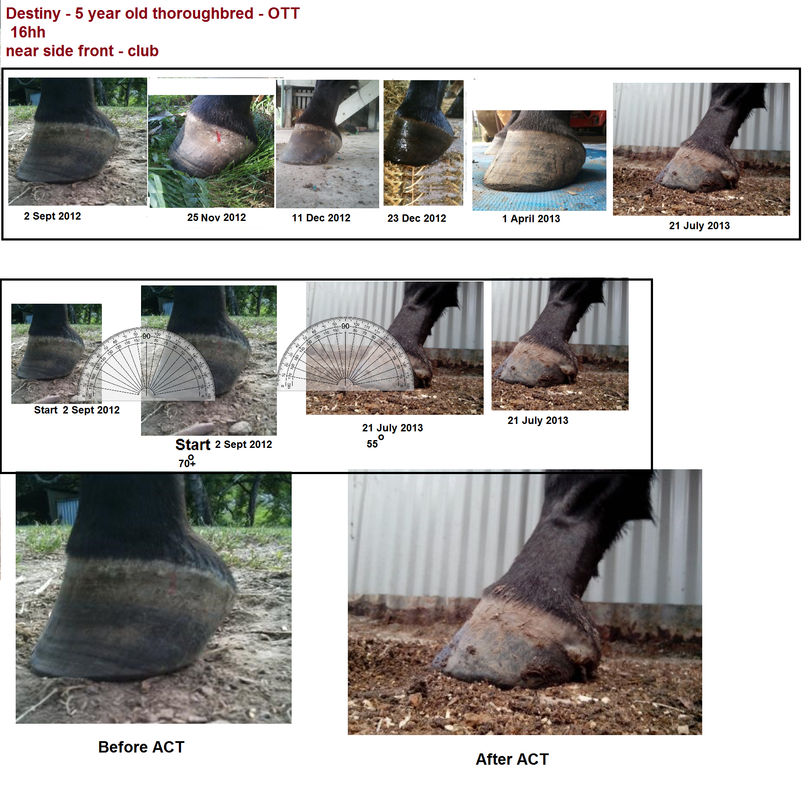



Club Foot Rehabilitation Act Trimming Strategy
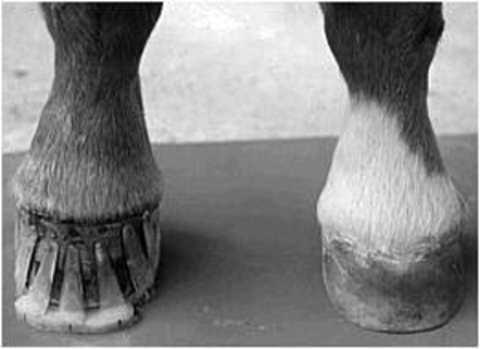



Club Feet In Foals




Shoeing Principles For Club Feet American Farriers Journal




The Importance Of Physical Maturity In The Horse Horsetalk Co Nz




Club Foot What Does The Future Hold For Your Foal H H Vip Horse Hound
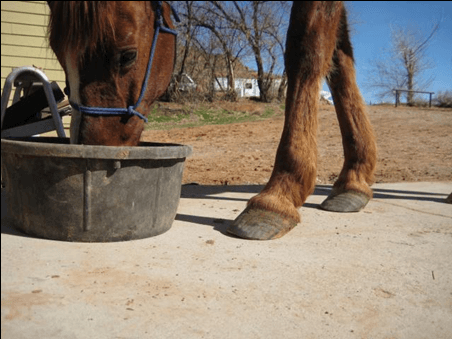



Managing The Club Hoof Easycare Hoof Boot News



Lesson 4



Club Feet The Brutal Truth David Farmilo
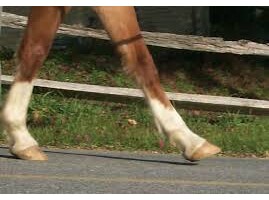



Animal Mrt Effect Of Hoof Distortion On Muscoskeletal Issues




Shoeing Options For Club Foot In Horses




Foal Deformities Imprint Equine Foot Care



Club Foot




What Causes Club Feet American Farriers Journal
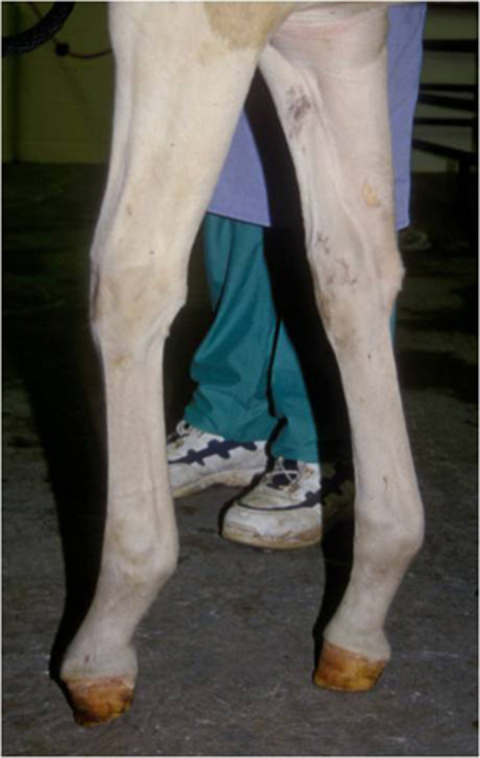



Club Feet In Foals




Hoof Conformation Vs Horse Conformation Scoot Boots Us Retail




History Of Clubfoot Treatment Part I From Manipulation In Antiquity To Splint And Plaster In Renaissance Before Tenotomy Semantic Scholar



Club Foot



Performanceequinevs Com Wp Content Uploads 19 12 Equine Foot Secrets Ebook Compressed Pdf



Club Foot
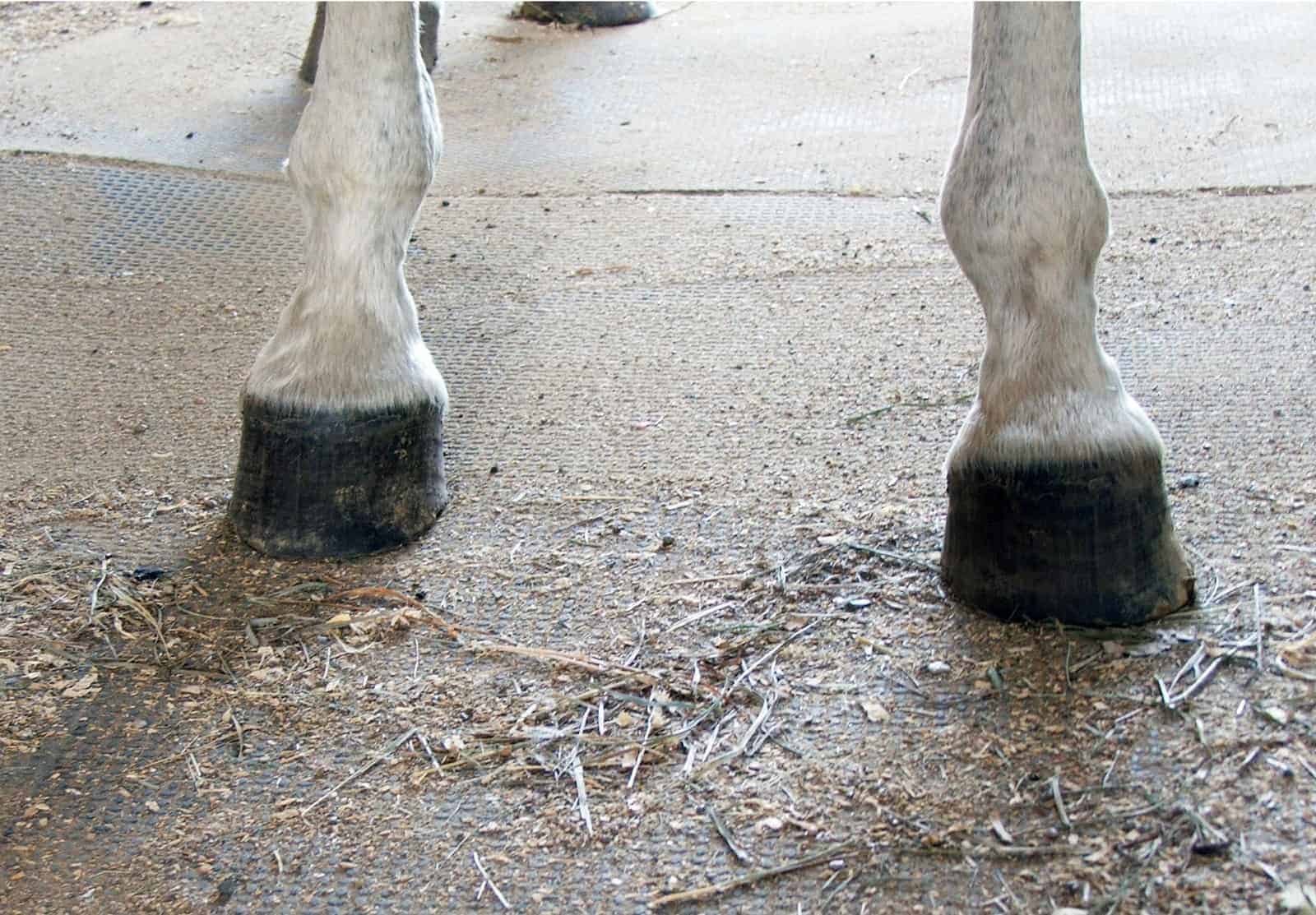



Club Foot Heritability In Horses The Horse



Www Theneaep Com S Xia1nkm5hdp7yhwyucxfn39k42qa8m



1



Club Foot In Horses



So Called Club Foot By James R Rooney Dmv




My Horse Has A Club Foot Can It Be Treated Equimed Horse Health Matters




What Your Horse S Hoof Angle May Be Telling You Horses




Low Heel High Heel Syndrome Dr Kerry Ridgway
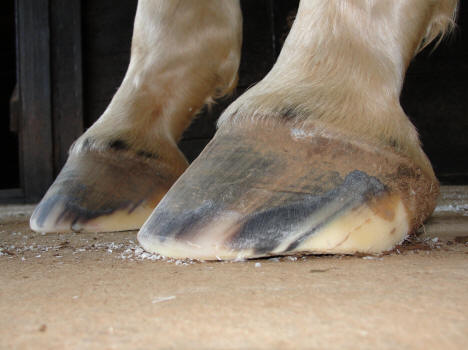



High Low Hooves
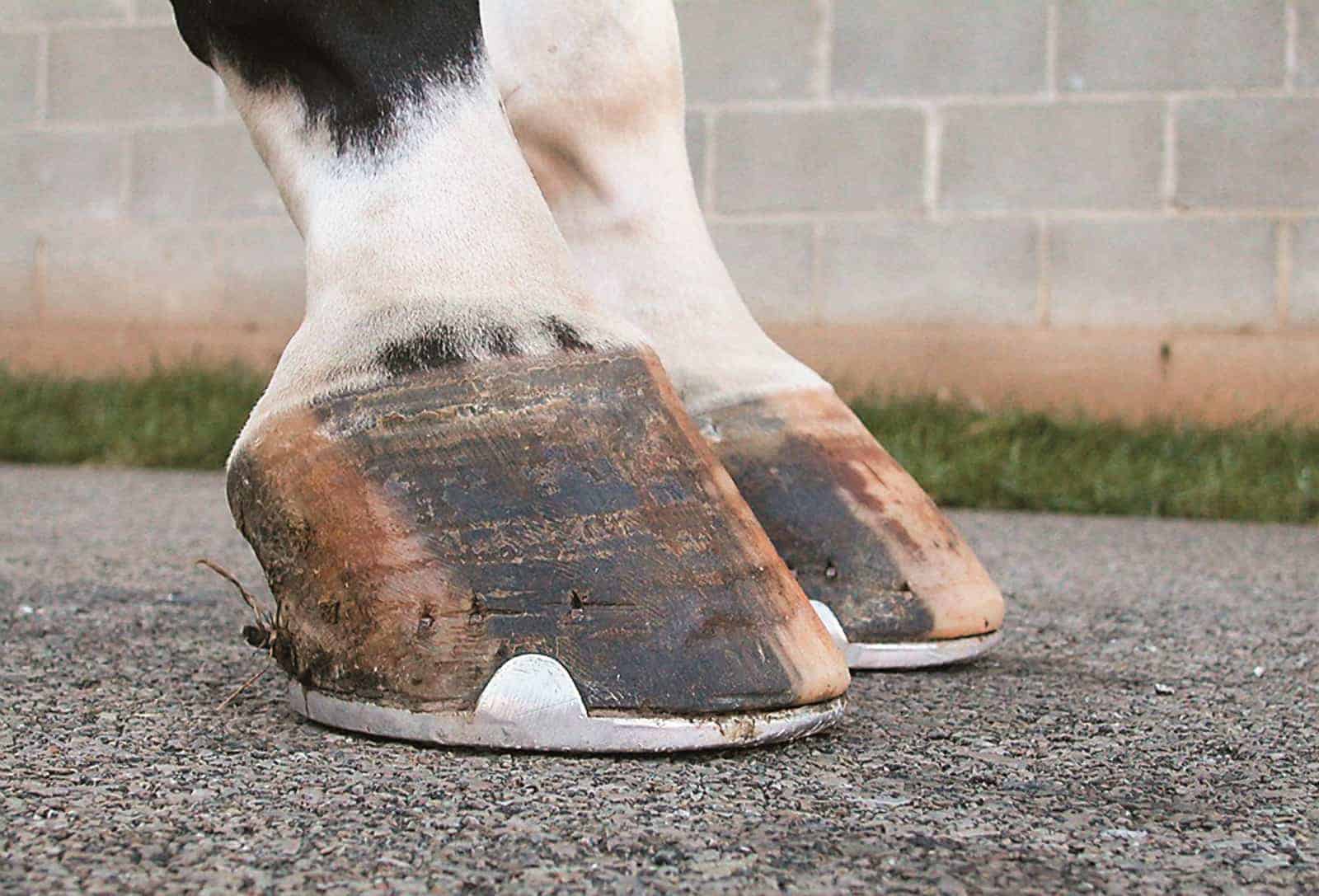



Managing The Club Foot The Horse



Club Feet The Brutal Truth David Farmilo




Fighting Laminitis Expert How To For English Riders




Why Some Horses Develop A Clubbed Foot Holistichorse Com




Coping With Club Foot



Club Foot In Horses Equine Chronicle




Recognizing And Managing The Club Foot In Horses Horse Journals




Club Foot Ronaldmarshall



Is This A Club Foot Horsetalk Co Nz
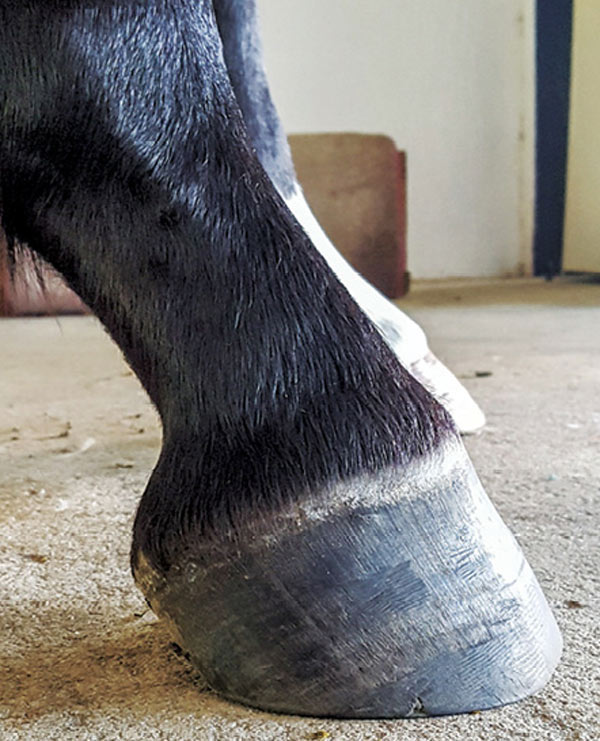



Club Foot Or Upright Foot It S All About The Angles American Farriers Journal




Shoeing Options For Club Foot In Horses




White Line Disease Identifying Treating And Preventing Aqha



ep Org Sites Default Files Issues Proceedings 12proceedings In Depth The Foot From Every Angle Hunt Pdf




Is This A Club Foot Horsetalk Co Nz




Club Foot Or Upright Foot It S All About The Angles American Farriers Journal




Understanding Club Foot The Horse Owner S Resource




Coping With Club Foot




A Practical Manual Of The Treatment Of Club Foot Talipes Calcaneus Where The Anterior Portion Of The Foot Is Elevated And The Heel Touches The Ground See Fig 4 In Talipes Varus The
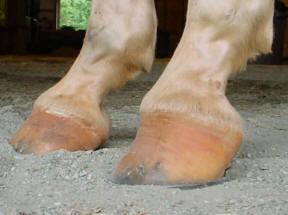



Club Foot
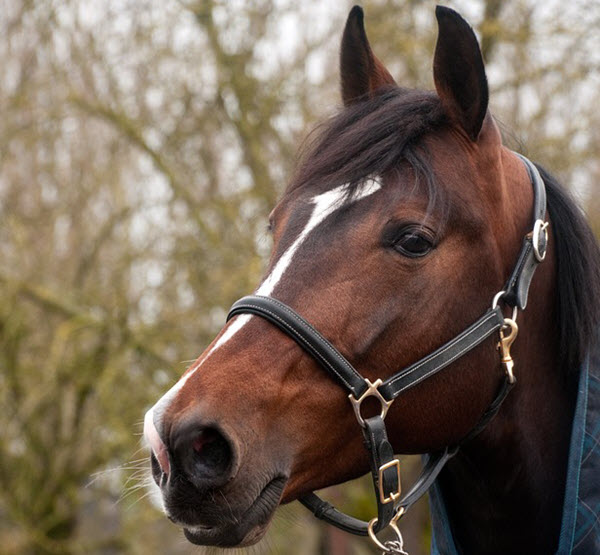



Equine Club Foot
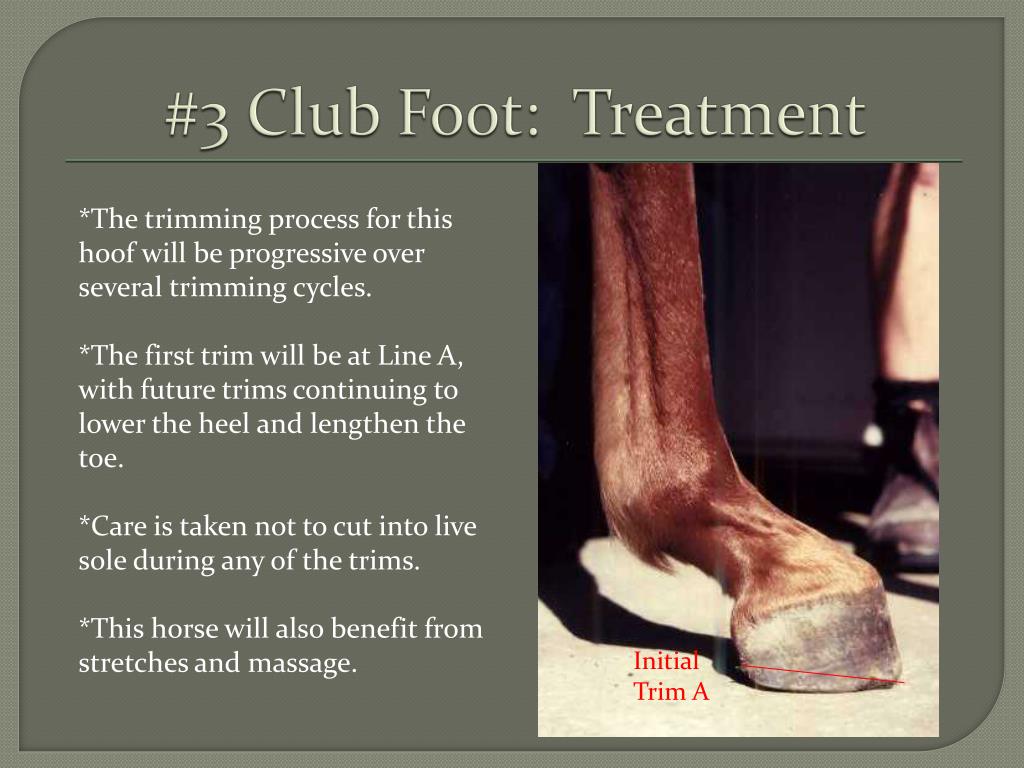



Ppt 5 Most Common Hoof Pathologies Powerpoint Presentation Free Download Id




Does My Horse Have Pyramidal Hoof Disease The Horse



0 件のコメント:
コメントを投稿